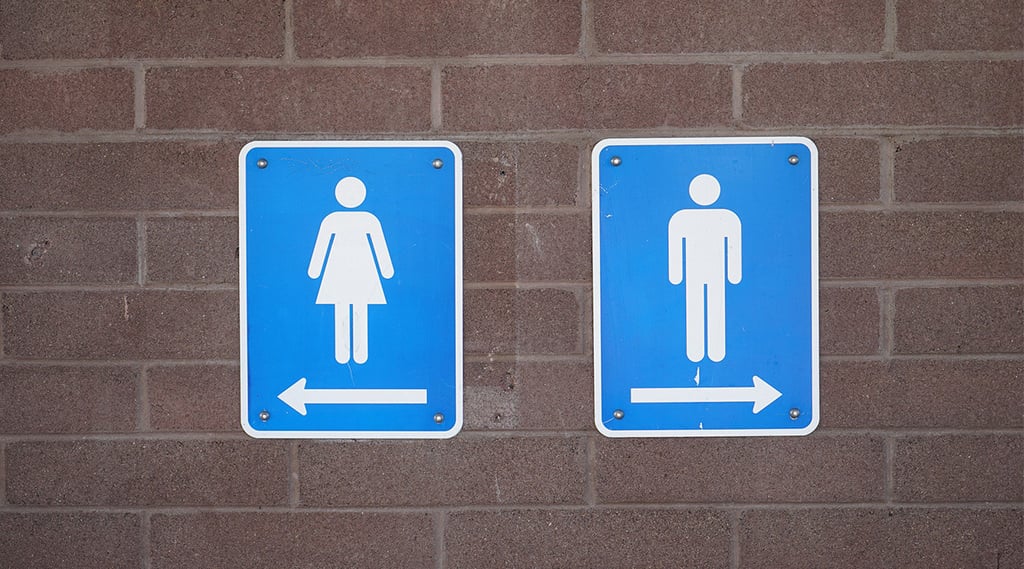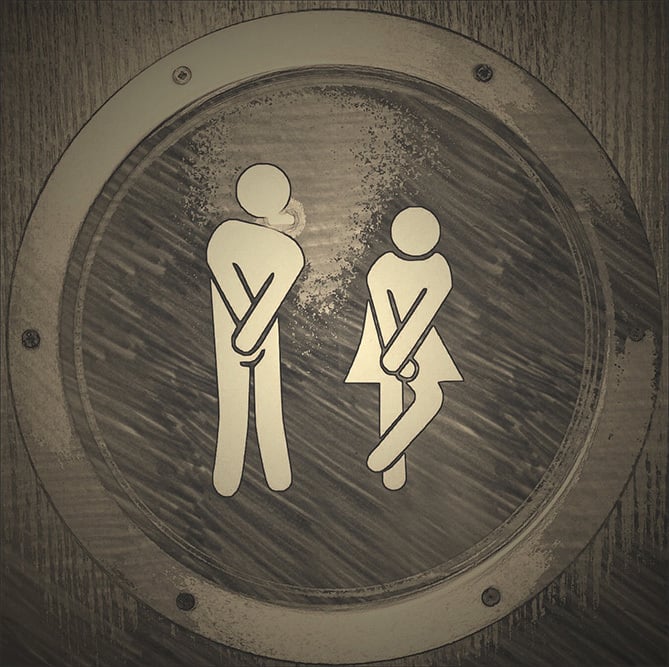Drug test results sometimes come back as negative dilute or positive dilute. Let's talk about positive dilute first. When a positive dilute drug test result comes back from a medical review officer (MRO), the drug test is positive, without question.
It's the negative dilute result that causes questions for employers. First, let's understand dilution in urine. If a person drinks an excessive amount of fluids, their urine might be diluted, meaning there is more water in the specimen than actual urine. This is something measured at the laboratory with creatinine levels and specific gravity. Normal human urine contains creatinine. A dilute specimen is a urine specimen that has a creatinine of between 2mg/dL and 20 mg/dl and a specific gravity of 1.003 or less.
A specimen with a creatinine below 2mg/dL is considered substituted and not normal human urine. This is reported by the lab as substituted and is reported by the Medical Review Officer (MRO) to the employer as a refusal to test. Basically, the employee has cheated on the test and got caught.
Specimen With Creatinine Levels: 2mg/dL to 5 mg/dL
With specimens with creatinine levels equal to or greater than 2mg/dL but less than or equal to 5 mg/dL, the MRO will direct the employer to have the applicant or employee take the test again immediately. This is a suspicious situation but not a violation. For DOT testing, this second test should be under direct observation. For non-DOT testing, direct observations are not recommended. Always ensure that the employee or applicant is given the minimum possible advance notice that he or she must go back to the collection site. This second test will be your official result.
Specimen With Creatinine Levels – 5mg/dL to 20 mg/dL
When the lab reports a specimen as negative with creatinine levels greater than 5mg/dL but less than or equal to 20 mg/dL, this is where the MRO reports out a specimen as negative dilute. In this situation, the employer has options, and these options can vary for different types of tests (e.g., conduct retests in pre-employment situations but not in random test situations). You must inform your employees in advance of your decisions on these matters. Typically, the options might be for existing employees versus applicants. The options are to accept the negative dilute as negative or require a retest, and in this case, not under direct observation.
Suggested DOT Policy Language for Dilute
- If the MRO directs that a recollection take place under direct observation (i.e., because the creatinine concentration of the specimen was equal to or greater than 2mg/dL but less than or equal to 5 mg/dL), the Company will do so immediately. Failure of the employee or applicant to submit for this recollection is classified by the DOT as a refusal to test.
- Otherwise (i.e., if the creatinine concentration of the negative dilute specimen is greater than 5 mg/dL), the Company will for existing employees:
- Accept the negative dilute result as is, or
- Require the employee for a retest upon immediate notification and be escorted by a supervisor.
- Regarding a negative dilute (greater than 5 mg/dL) on an applicant, the Company will:
- Accept the negative dilute result as is, or
- Require the applicant to retest within 24 hours and provide instructions to applicant on how to avoid a dilute specimen.

Suggested Non-DOT Policy Language for Dilute
- If the MRO directs that a recollection take place (i.e., because the creatinine concentration of the specimen was equal to or greater than 2mg/dL but less than or equal to 5 mg/dL), the Company will do so immediately. Failure of the employee or applicant to submit for this recollection is as a refusal to test. Direct observation is not recommended for a non-DOT test.
- Otherwise (i.e., if the creatinine concentration of the negative dilute specimen is greater than 5 mg/dL), the Company will for existing employees:
- Accept the negative dilute result as is, or
- Require the employee for a retest upon immediate notification and be escorted by a supervisor.
- Regarding a negative dilute (greater than 5 mg/dL) on an applicant, the Company will:
- Accept the negative dilute result as is, or
- Require the applicant to retest within 24 hours and provide instructions to the applicant on how to avoid a dilute specimen.
Best Practices for Dilute Specimens
- A positive dilute result is always positive.
- A negative dilute should not be a violation of policy and should not result in termination of employment.
- If DOT-regulated, always follow DOT regulations.
- If non-DOT regulated, always follow your company drug-free workplace policy.
- We do not recommend a direct observation for any non-DOT Test.
- Address negative dilute in company policy.
- The policy may be different for applicant testing and for employee testing.
- A supervisor escorting an employee or applicant for testing is to ensure the employee or applicant does not consume a large amoung of fluids before the second test, thus perhaps have a second dilute specimen.
- For applicant testing, often the policy will state that the offer of employment will be withdrawn after a second dilute specimen.
How to Avoid a Dilute Specimen
It is always best to go for a urine collection first thing in the morning because your urine is fresh and not likely dilute. Do not drink extra water because you are afraid of not being able to produce urine at your drug test collection. If you normally drink large quantities of fluids, cut back a bit before going for your drug test.
Drinking an excessive quantity of fluid before a drug test can cause dilution and then you might have to go back for another drug test. You want to avoid this.
If, at the collection site for your drug test, you have any difficulty providing the required 45 mL of urine, you will be given time to drink some water and try again. We call this a shy bladder. There is a shy bladder process where you have up to three hours to provide your specimen and you are given a maximum of 45 ounces of water spread out over the three hours.


 Ashlee Arnold is one of the founders of US Drug Test Centers and is currently the Vice President.
Ashlee Arnold is one of the founders of US Drug Test Centers and is currently the Vice President. 


